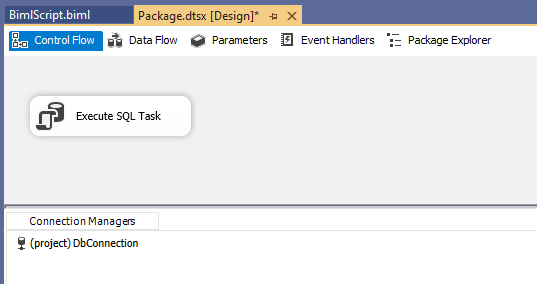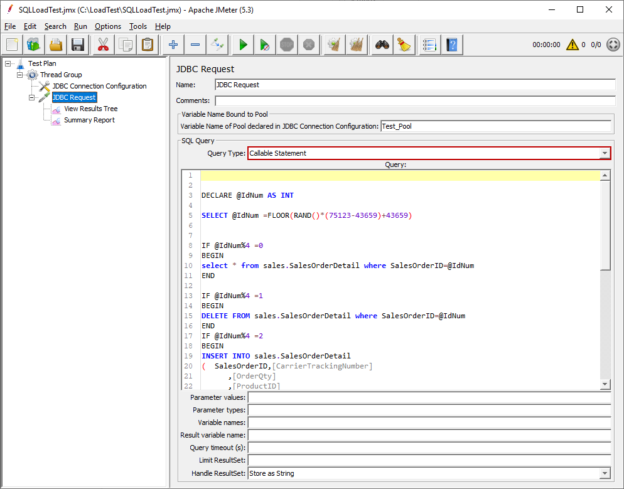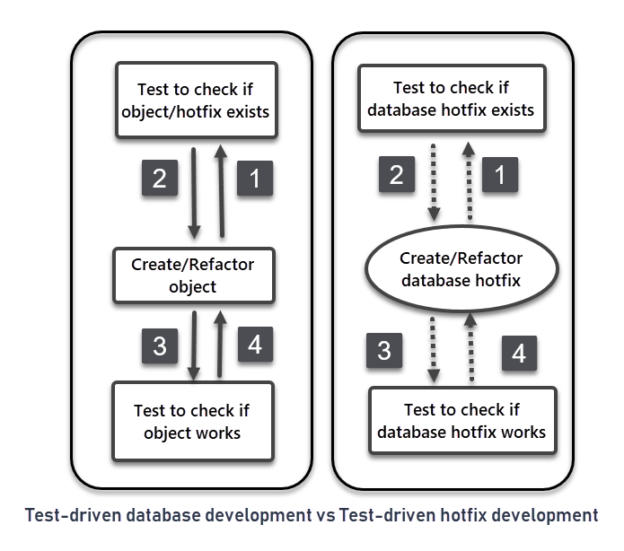
Copy data between Azure data stores using Azure Data Factory
October 27, 2020In the previous article, Starting your journey with Microsoft Azure Data Factory, we discussed the main concept of the Azure Data Factory, described the Data Factory components and showed how to create a new Data Factory step by step.






![user database [LinuxAGSQL]](https://s33046.pcdn.co/wp-content/uploads/2020/10/user-database-linuxagsql-624x475.png)
















